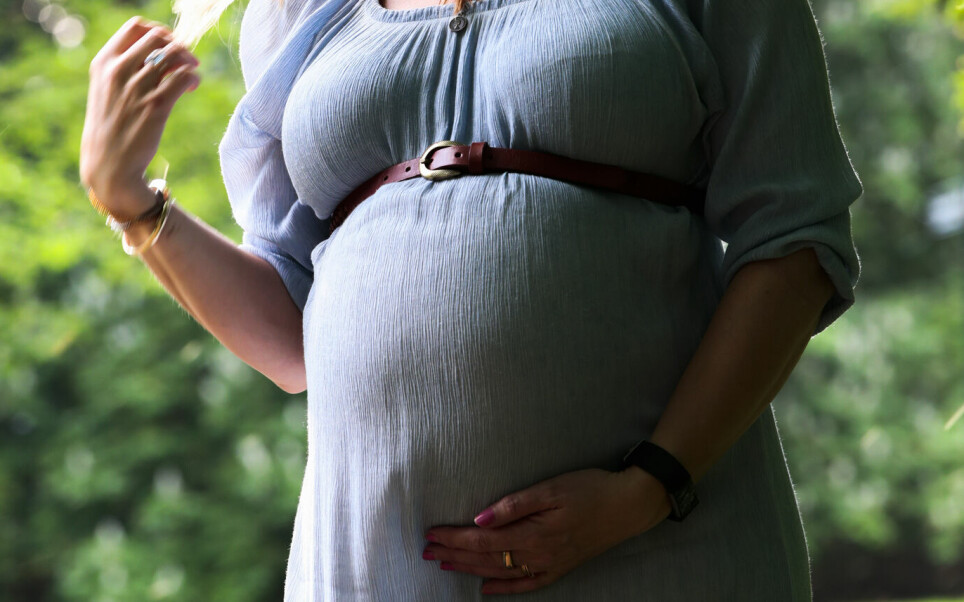
Study: Risk of giving birth to small babies increases when the mother lives farther from green spaces
Research shows that a mother's access to green areas — such as a garden, park or footpath — during pregnancy can be linked to a healthy birth weight in children.
Around 9,000 Norwegian mothers, participants in the Norwegian Mother, Father, and Child Cohort Study (MoBa), have contributed to an analysis of data from almost 70,000 mothers in 11 European countries. The researchers looked at how a child’s exposure to nature while in the mother's womb can affect birth weight — and thus the health of the babies, both as children and later in life.
Participants from the Oslo area
The participants from Norway were all from suburban areas in or around the capital Oslo. They contributed information about their socio-economic background, lifestyle, health, well-being and exposure to natural environments.
“The study shows that there is an increased risk of giving birth to small children when the mother lives some distance from green areas. This was most pronounced in the Nordic region, which may indicate that access to nature plays an important role for well-being and health among those who live in cities,” Johanna Nader, data manager at the Norwegian Institute of Public Health, said to NTB, the Norwegian News Agency.
The researchers didn’t have enough data to draw conclusions about the importance of access to blue areas – such as rivers, lakes or beaches and sea views.
The results of the study were recently published in the journal Environment International.
Longer distance could result in a lower birth weight
The women were categorised according to whether their distance to the nearest green area was 100, 200 or 500 metres.
“What was particularly interesting about this study was that the results showed a connection between the home's distance to green areas and the risk of growth abnormalities during pregnancy. There was an increased risk of giving birth to children who were small for gestational age in the group of mothers with a greater distance to green areas,” Nader said.
The closer women lived to ‘green lungs’, the greater the chance of a higher birth weight and less risk of having an SGA baby. The medical term SGA - Small for Gestational Age - refers to children who weigh the least when they are born. Babies who are this small and lightweight for their age can face a variety of health challenges both early on and later in life.
The average age of the Norwegian mothers was 31, while for the survey as a whole it was 29.5.
Denmark and Norway had the lowest proportion of babies with SGA, with 3 and 4 per cent, while the average in the 11 countries was 6.6 per cent. Denmark and Norway also had the highest birth weight, with babies weighing over 3.5 kilos on average.
Why green is healthy
The study did not investigate possible reasons why the baby’s health is affected by the mother’s exposure to green spaces. However, other studies have been conducted on how nature in the surrounding areas affects us.
“Previous studies show that residents with access to more green areas have cleaner air, undertake more physical activity and have less stress than people in areas with access to less,” Nader said.
The study is part of the completed EU project LifeCycle. The goal of the study was to see how the environment around us in the first years of life affects health later in life. The background for this particular analysis is the increasing amount of reports on a positive connection between closeness to nature and physical and mental health.
“The research is particularly important in a European society characterised by rapid urbanisation and an increasing burden of chronic diseases influenced by lifestyle factors,” says Nader.
According to the UN, 55 per cent of the world’s population lived in urban areas in 2018. That share is expected to increase to 67 per cent in 2050.
Translated by Nancy Bazilchuk
———
Read the Norwegian version of this article on forskning.no


































